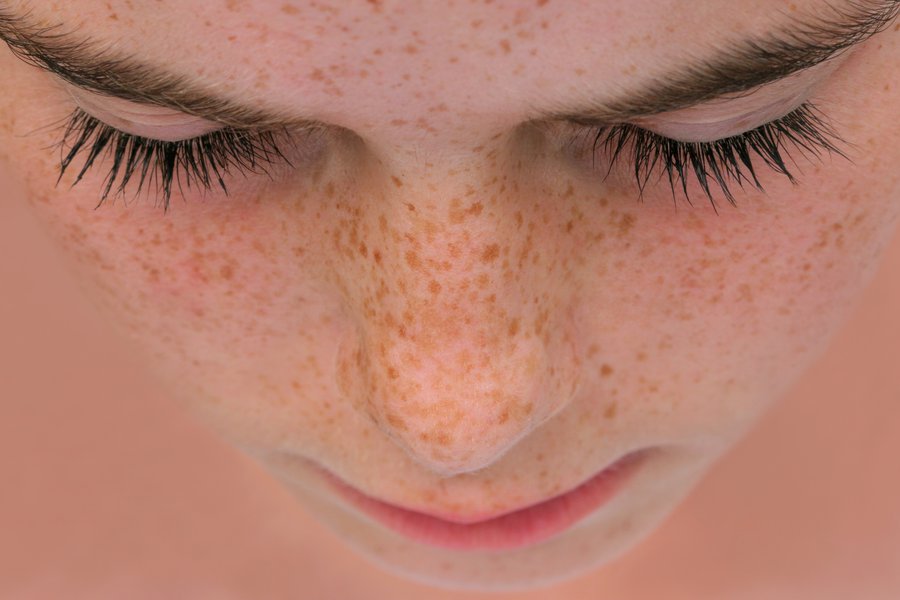
How to Tell if Your Freckles Are Safe This Summer
Lawal Kehinde MubarakShare
As the weather warms up and more of us spend time at the pool, beach, or just enjoying the outdoors, it’s natural that our skin gets more sun exposure — and you might notice more freckles appearing.
But how can you tell when a freckle is just a harmless sun-kissed spot, and when it’s something that needs a dermatologist’s attention?
Today, we're sharing helpful insights from board-certified dermatologist Dr. Hadley King, so you can keep your skin protected and healthy all season long.
What Exactly Are Freckles?
Freckles, known in the medical world as "ephelides," are tiny, pigmented spots that become more noticeable with sun exposure, explains Dr. King.
Typically smaller than 3 millimeters, these light brown spots often first appear on the face during childhood but can show up on other parts of the body too. According to the Ohio State Wexner Medical Center, freckles often fade as we get older.
Freckles are caused by an increased production of melanin — the pigment responsible for skin color — after exposure to ultraviolet (UV) light. This explains why freckles tend to lighten during the winter months when UV exposure drops.
Fun Fact: Freckle tattoos have become a trending beauty idea lately — but be sure to research thoroughly before trying the trend!
What Causes Freckles to Form?
Freckles themselves aren’t a direct sign of skin damage. However, people who freckle easily usually have skin that’s more sensitive to UV rays — and UV exposure can cause skin damage over time.
Dermatologists recommend that everyone, especially those with sun-sensitive skin, apply sunscreen daily and reapply every two hours, or right after swimming or sweating. Protective clothing, hats, and sunglasses are also smart choices.
Staying familiar with your skin and noting any changes is key to catching potential problems early.
How to Tell if a Freckle or Spot Is Concerning
Sometimes, spots that look like freckles might actually be something else, like a benign lentigo or even a cancerous mole.
-
Lentigines (plural of lentigo) are harmless, pigmented spots with clearly defined edges, surrounded by normal skin. Though they can look similar to freckles, they’re technically different, Dr. King notes.
To stay safe, it’s a good idea to regularly check your skin using the ABCDEs of melanoma recommended by the American Academy of Dermatology (AAD):
-
A is for Asymmetry: One half of the spot doesn’t match the other.
-
B is for Border: Irregular or poorly defined edges.
-
C is for Color: Unlike uniform brown freckles, warning signs include multiple colors like tan, brown, black, red, white, or blue.
-
D is for Diameter: Anything larger than 6 millimeters (about the size of a pencil eraser) should be examined.
-
E is for Evolving: Watch for spots that change in size, shape, or color.
Dr. King advises: "If a spot is new, changing, or looks different from your others, it’s important to have it checked by a professional."
Enjoy the sunshine safely! At Daisy Haven Store, we believe that caring for your skin is part of living beautifully. Stay protected, stay confident, and enjoy your summer glow!
